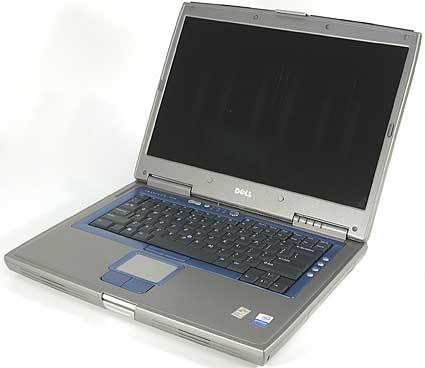
Technology may seem like a purely static thing, unchanging as years go by. Something that’s painstakingly perfected and replicated through manufacture should persist in its level of performance and precision, right? Unlike houses and cars, which are some of the highest maintenance bits of property anyone can own, computers are completely self-contained electronic instruments. Websites don’t even have physical components other than the servers on which they exist, going back to the aforementioned computers. However, there are factors in play for both computers and websites that make them just as succeptible to the need for maintenance as your car or your home.
Computers do have moving parts: hard drive motors, fans, etc. But even if these ran flawlessly for years, their parts would ‘rot’ in a sense. As technology advances, software grows in terms of the ways it uses processors and renders graphics. From games to productivity suites, software is constantly finding ways to do more tasks more efficiently in a shorter amount of time. Just shaving a few seconds from a process can place diabolical demands on a processor from two years ago. Like replacing a struggling furnace in your house, upgrading your computer’s internal systems can have your system doing what it does faster and more efficiently for years.
Websites, similarly, suffer from what is colloquially called ‘code rot.’ As the average speed of our Internet connections increases, processors grow more efficient and browsers get better at displaying colors and graphics, older sites begin to look dated, shoddy or even incomplete. Better coding techniques and updated programming scripts can leave older, less efficient methods behind causing old animations and banners to either display incorrectly or not at all. And the chances of developers or programmers being either familiar with these old methods or willing to deal with their antiquated and inefficient ways and means are slim. It’s more often a better investment to look into a redesign, preserving the essence and content of your site while incorporating the latest design methodologies and programming techniques, as well as integrating SEO options and flexibility, something old sites very rarely accounted for.
Sure, some folks will keep a Commodore 64 or an original NES in the corner for the sake of nostalgia. And others will find ways to squeeze more life out of computers that maybe should have been recycled years ago, keeping their old workhorses shod. But more often than not, a time comes when one needs to take a hard look at the extant systems at home or the office, compare them to what’s available, and make the decision to invest in an upgrade.
I mean, you could also spend that tax refund on a coffee machine that tweets your favorite blend, but the novelty of that’s likely to wear off pretty darn quickly.



0 Comments
1 Pingback